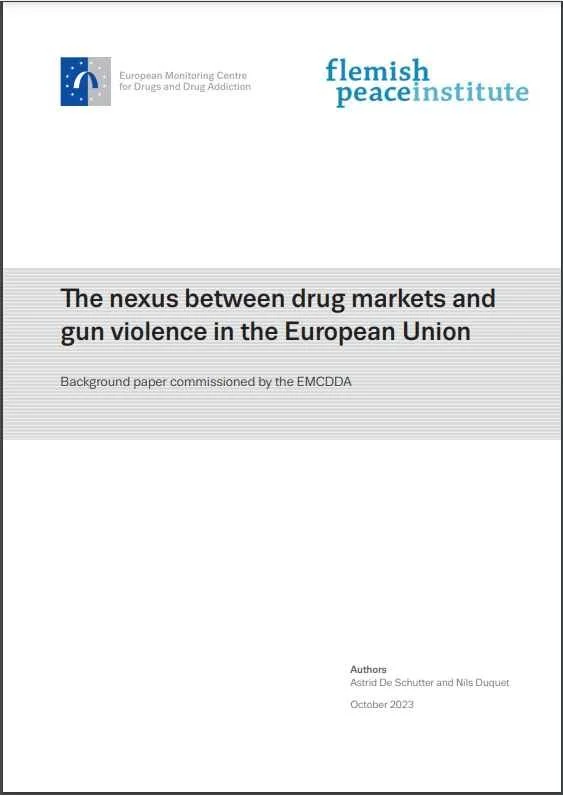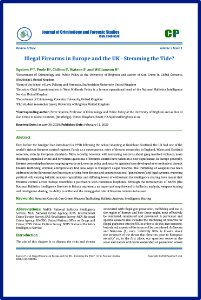By The United Nations Office on Drugs and Crime (UNODC) and the Flemish Peace Institute
The multifaceted links between illicit drug trafficking and illicit firearms present a global challenge requiring a clear understanding and integrated responses. These multidimensional links are characterized by:
the demand for firearms that is created by the trafficking of illicit drugs, not least as drug traffickers are heavily armed with illicitly trafficked weapons;
the connection between firearms and drug trafficking routes, actors and modi operandi, with drug traffickers accepting or demanding firearms as payment-in-kind for illicitly trafficked drugs;
gun violence that occurs as a direct result of the ability of drug traffickers to increase their capabilities through accessing a wide variety of illicitly trafficked firearms.
Drug trafficking fuels firearms trafficking
Global drug trafficking acts as a key driver for the use of illicit firearms as well as their illicit manufacturing, proliferation, and trafficking. The long life cycle of firearms provides opportunities for the diversion of firearms from legal possession into illegal possession. Drug criminals across the globe profit from such diversion opportunities and the affiliated firearms trafficking activities.
Firearms seizures in the context of drug trafficking occur on a global scale and are particularly prominent in Europe, Latin America and the Caribbean. Firearms trafficking is often funded by the profits generated by illicit drug trafficking, with direct exchanges of firearms for drugs taking place in certain instances.
Demand for firearms is high in a drug-related criminal context due to the instrumental and reputational purposes that a firearm fulfils for actors involved in drug trafficking activities. Access to firearms allows drug criminals to carry out or expand their activities and protect their territory and themselves against competitors and law enforcement agencies.
Similar routes, actors and modi operandi in both types of trafficking
While drug trafficking is characterized by a global reach and firearms trafficking is generally limited to a regional dimension, significant interlinkages arise between both types of trafficking through the actors, routes and modi operandi used by the traffickers. Arms trafficking methods have often been pioneered by drug traffickers.
Frequently, firearms and drugs are smuggled together, or the firearms can be used as a means of protection for drug traffickers from both competitors and/or public security forces.
Global drug trafficking routes can also be exploited for firearms trafficking as firearms can be smuggled in the reverse direction or on the same drug trafficking route and incorporate the same facilitators and/or collaborators to successfully smuggle the contraband.
Drug trafficking fuels gun violence
Despite the largely non-violent dimension of the illicit drug trade, as most illicit drugs transactions and trafficking occur without violence, the linkages between firearms and drug trafficking can trigger, facilitate and intensify violence. Access to trafficked firearms tends to increase the use of violence in drug markets across the globe, with more lethal casualties and higher levels of the use of automatic rifles being associated with the drug milieu than with other criminal contexts.
Drug-related gun violence is a global phenomenon and can occur at any point within the drug lifecycle. Significant geographical differences can be observed in gun violence related to the production and trafficking of large quantities of drugs, which reflect to a certain extent the global distribution patterns of the various types of drugs. Drug-related gun violence connected to local consumer drug markets, on the other hand, can be observed across the globe.
Gun violence related to drug trafficking can have devastating spill-over effects on local communities and, geographically, in the broader region in which drug trafficking occurs. The interlinkages between firearms and drug trafficking can fuel armed conflict and terrorism by facilitating the funding and acquisition of weapons by non-state armed groups and terrorists through drug trafficking criminal networks and activities.
Vienna: UNODC, 2024. 52p.






















